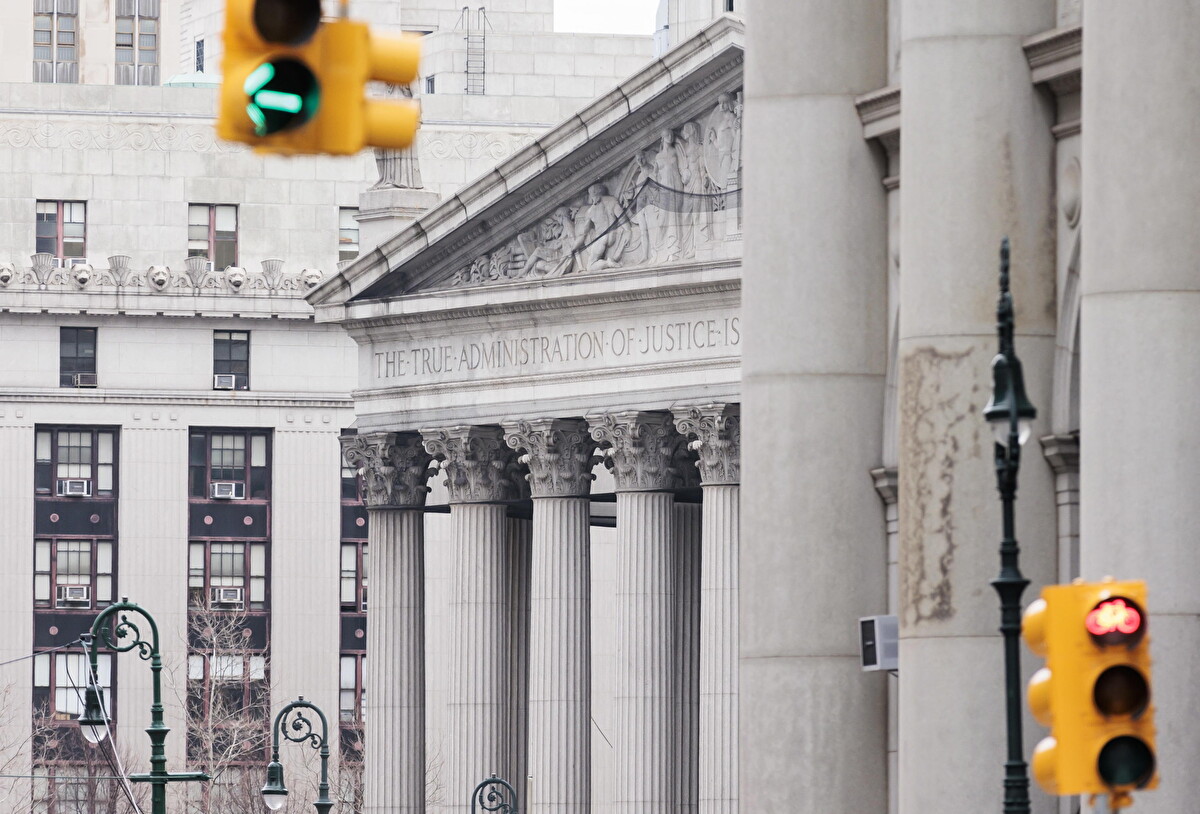The remnants of the Appian Way, one of Europe’s first major highways, can be seen in some very surprising places all around Rome. One of them is in Marino, on the outskirts of the city, next to a McDonald’s where you can look through a glass floor and see the flat, gray paving stones of an ancient Roman road and its debris—including twisted skeletons –embedded in a two-millennia-old gutter.
The Appian Way, a road that has become iconically “Italian” as a result of being featured in many Italian movies, most notably Fellini’s 8 ½ and La dolce vita, was begun in 312 B.C. It reaches the eastern port city of Brindisi and it helped inspire the saying “All roads lead to Rome.”
But while it was one of the glories of ancient Rome and a still-living example of its prowess in building an infrastructure that has withstood the ravages of time–Roman aqueducts are still in working order–its legacy has been largely neglected and left to deteriorate in modern Italy.
Now an Italian government project is under way to transform the Appian Way (Via Appia) into a pilgrimage route from Rome to Brindisi. Much like the remnants of the U.S.’s historic Route 66, along its roughly 360-mile span across the country, the Appia takes many forms: a woodsy path, a town piazza, a highway. It’s not always scenic or pleasant, but it is an immersion into a slice of Italy few tourists see, and evocative of its storied past.
The project to restore it is a huge commitment of funds and resources; before the Italian government can restore it, it has to find it where it is no longer visible or obvious. In Rome, the Appia is an 11-mile-long stretch of well-preserved archaeological park. Then the Appia largely vanishes under asphalt for 50 miles. Its last appearance in the Eternal City is beneath the McDonald’s in Marino. It intersects cities, villages, mountains, and farmland as it crosses four regions and a hundred municipalities in Italy. Its original flat gray stones sometimes appear in the most unexpected places, and there are occasional historical markers and water fountains. But once the path hits the McDonald’s, the Appia disappears.
The Ministry of Cultural Heritage has earmarked 20 million euros ($22 million) to develop the Appia for tourism. Archaeologists spent all of 2020 excavating just a 50-yard stretch of Appian cobblestones in a town called Passo di Mirabella. It’s clear that this is a project that will take decades and a whole lot of funds that may or may not be coming from the Italian government since every year it struggles to make ends meet in the long-running economic crisis that has afflicted the country, and safeguarding the cultural heritage is repeatedly placed on the back burner.












